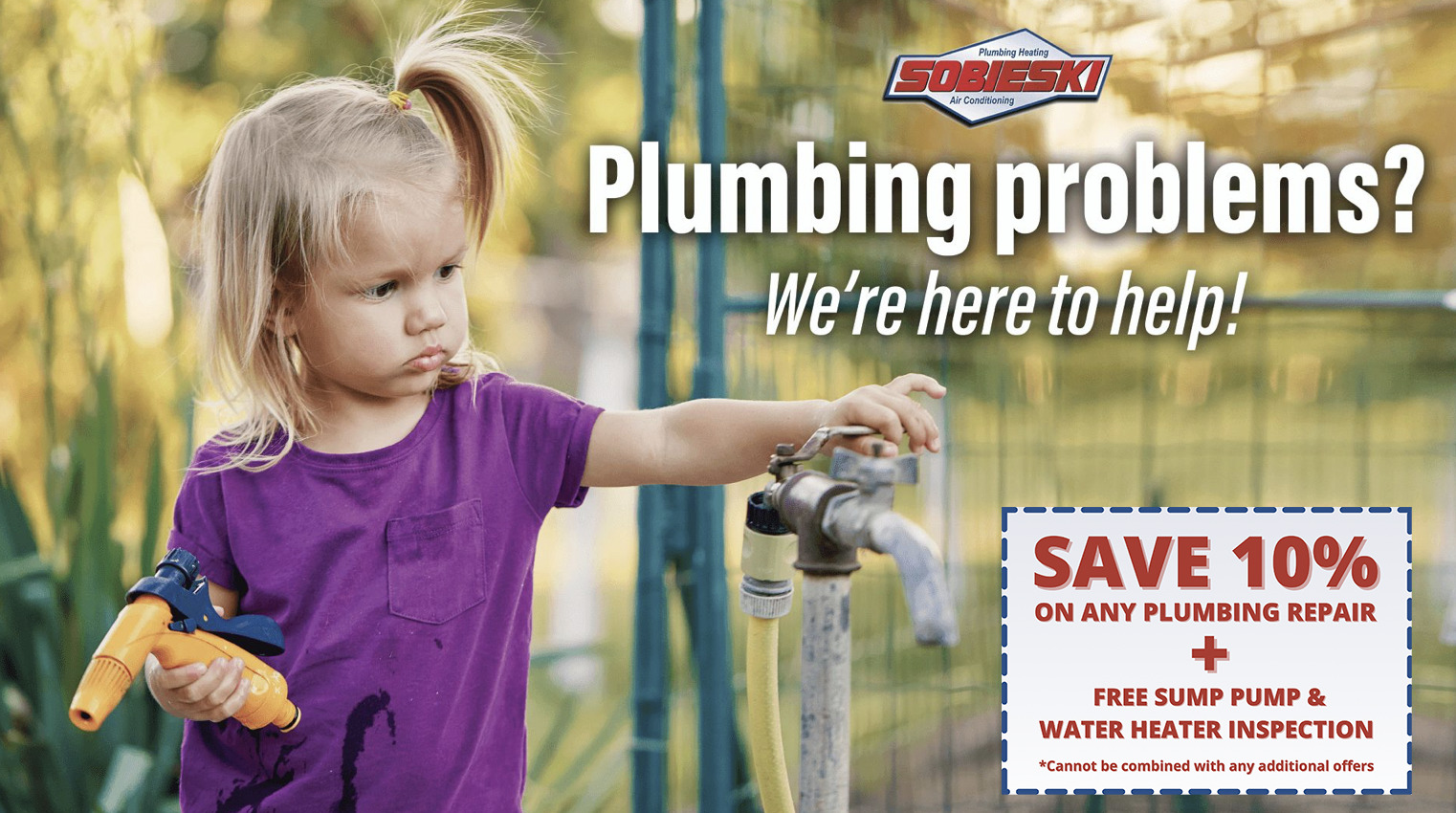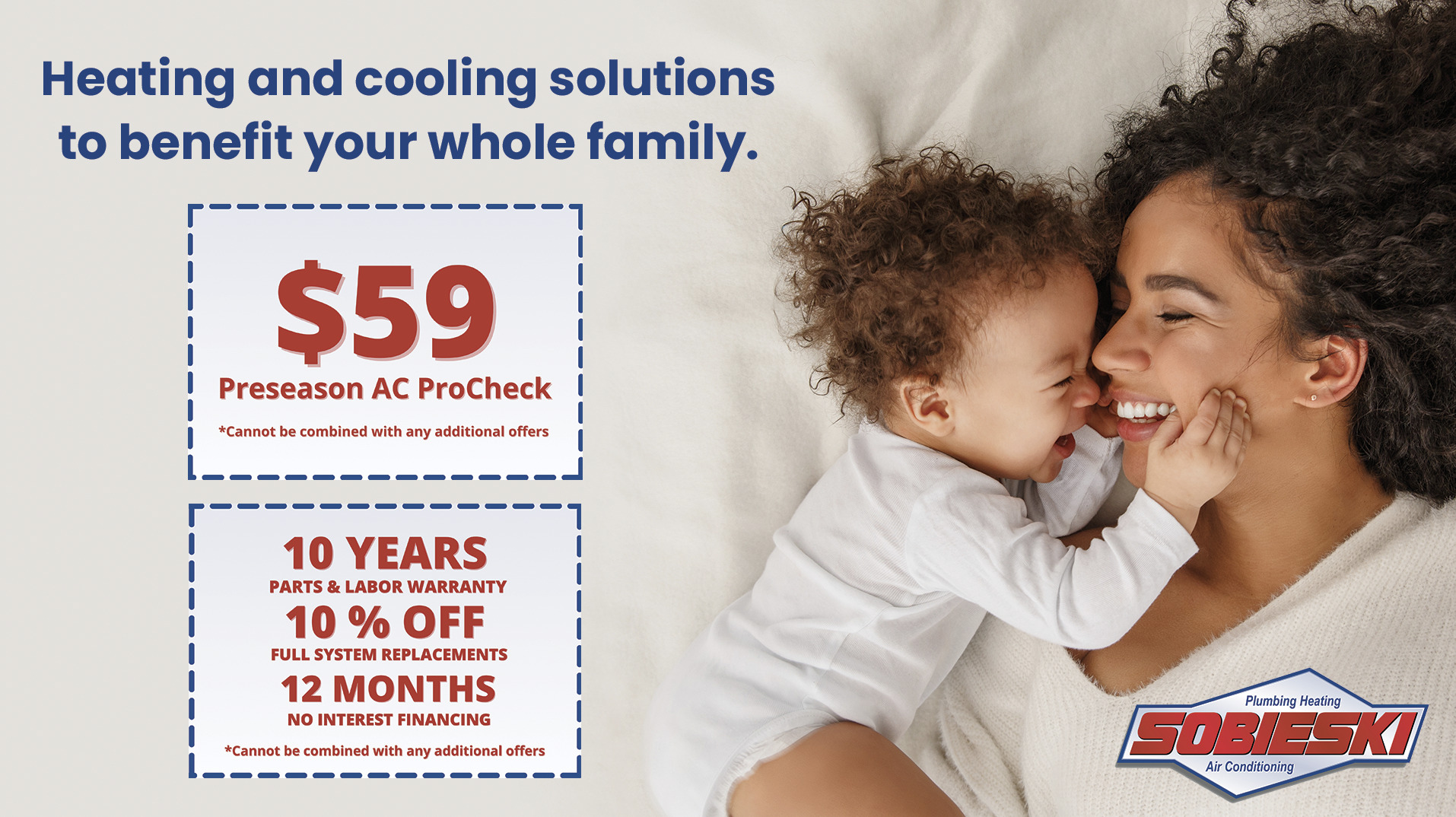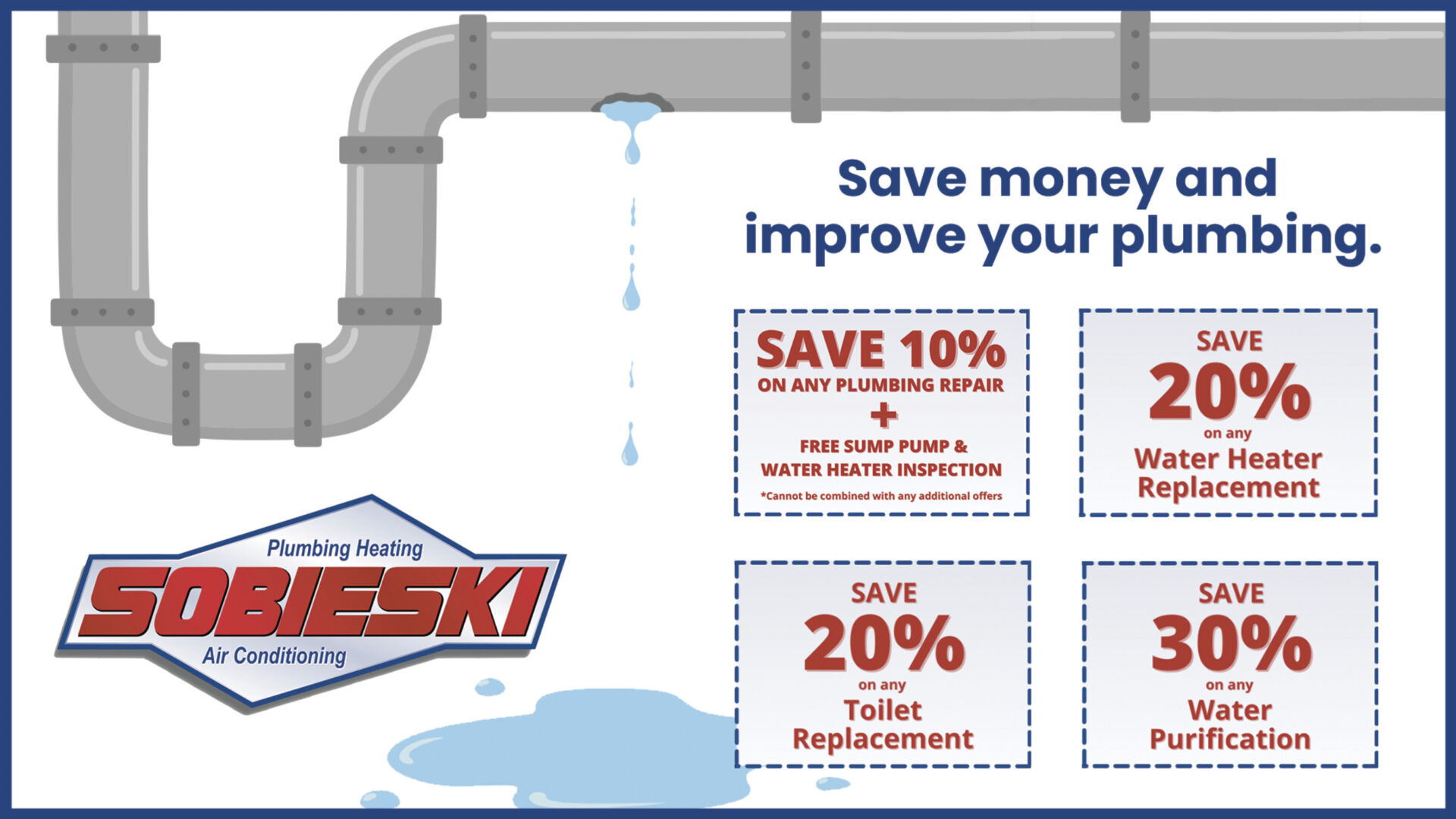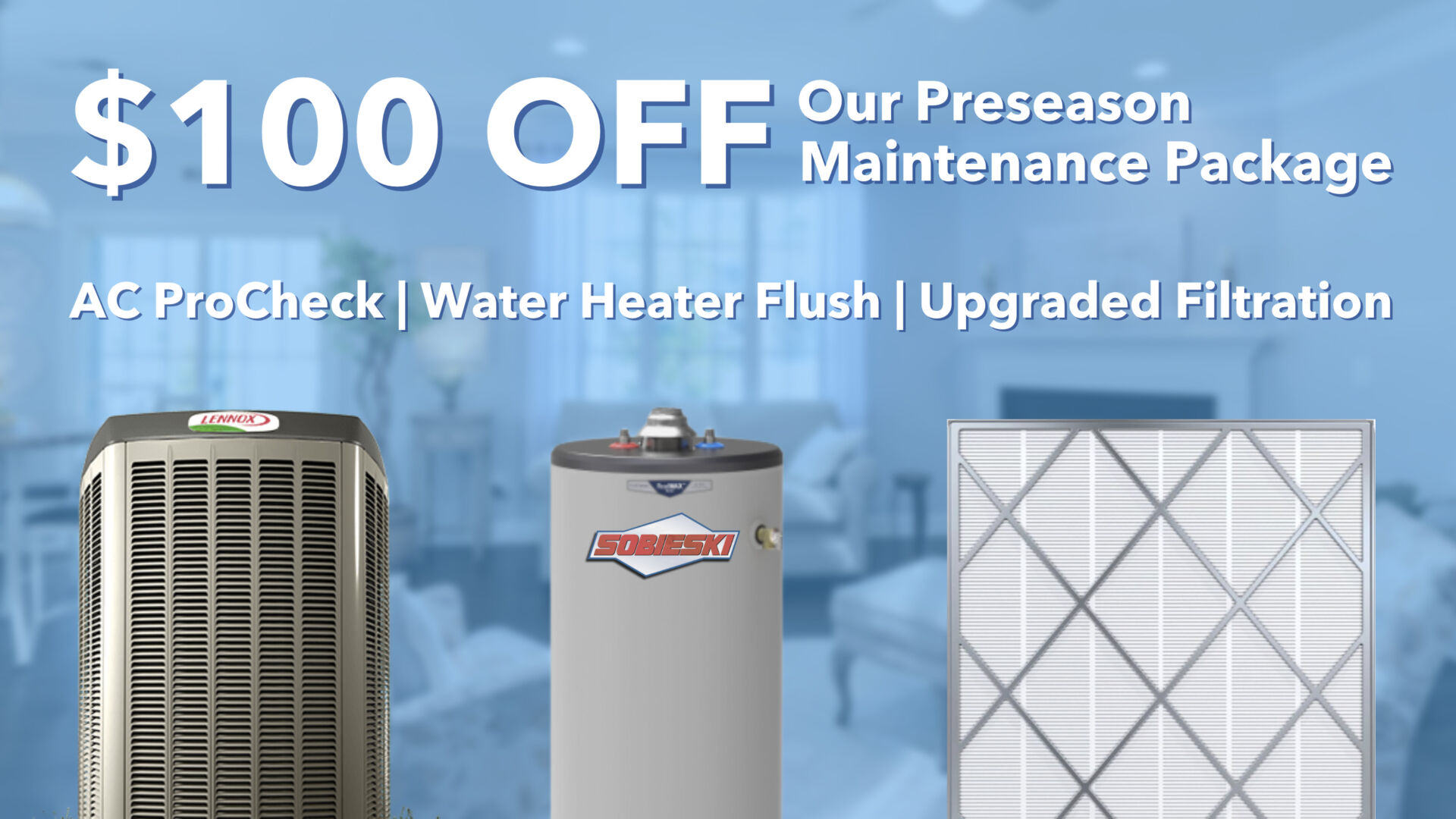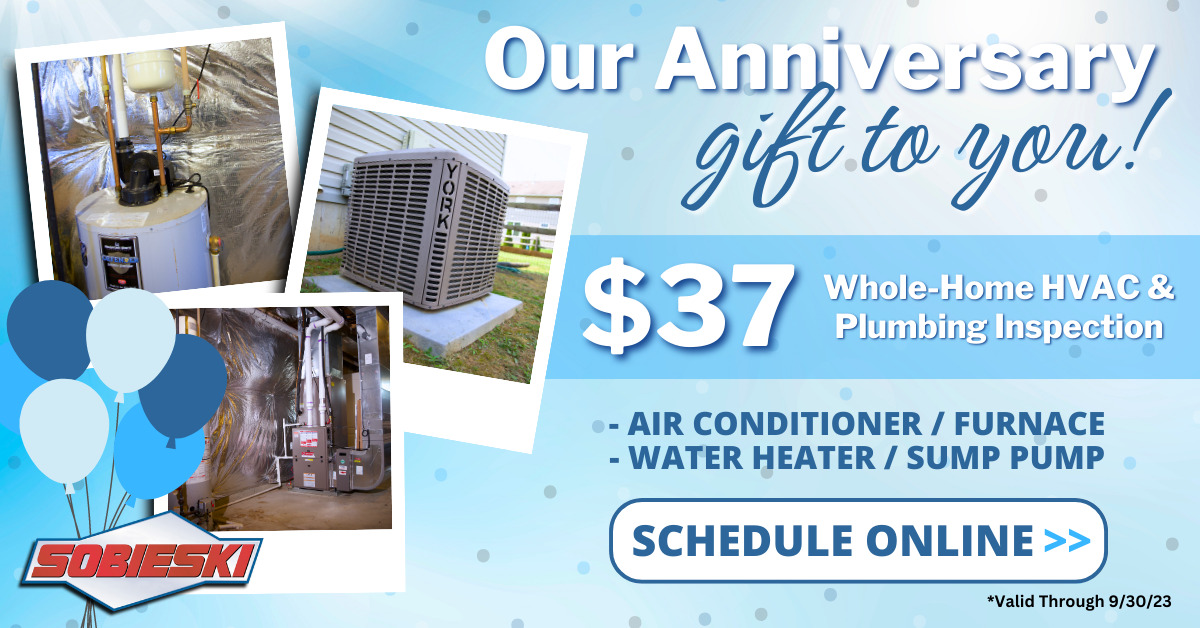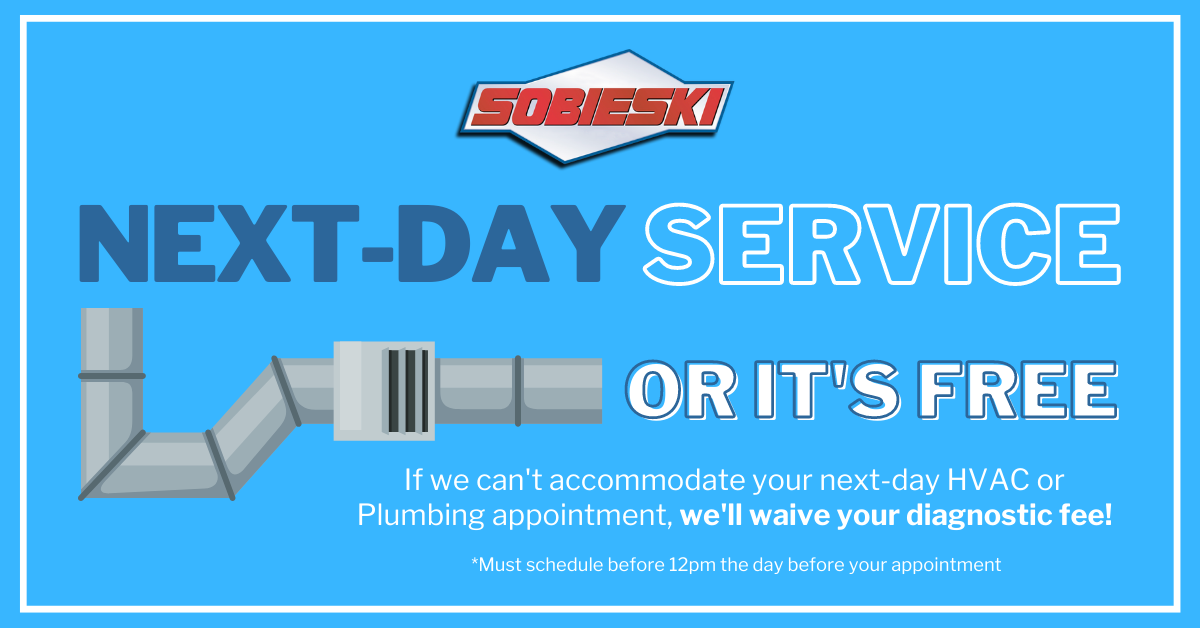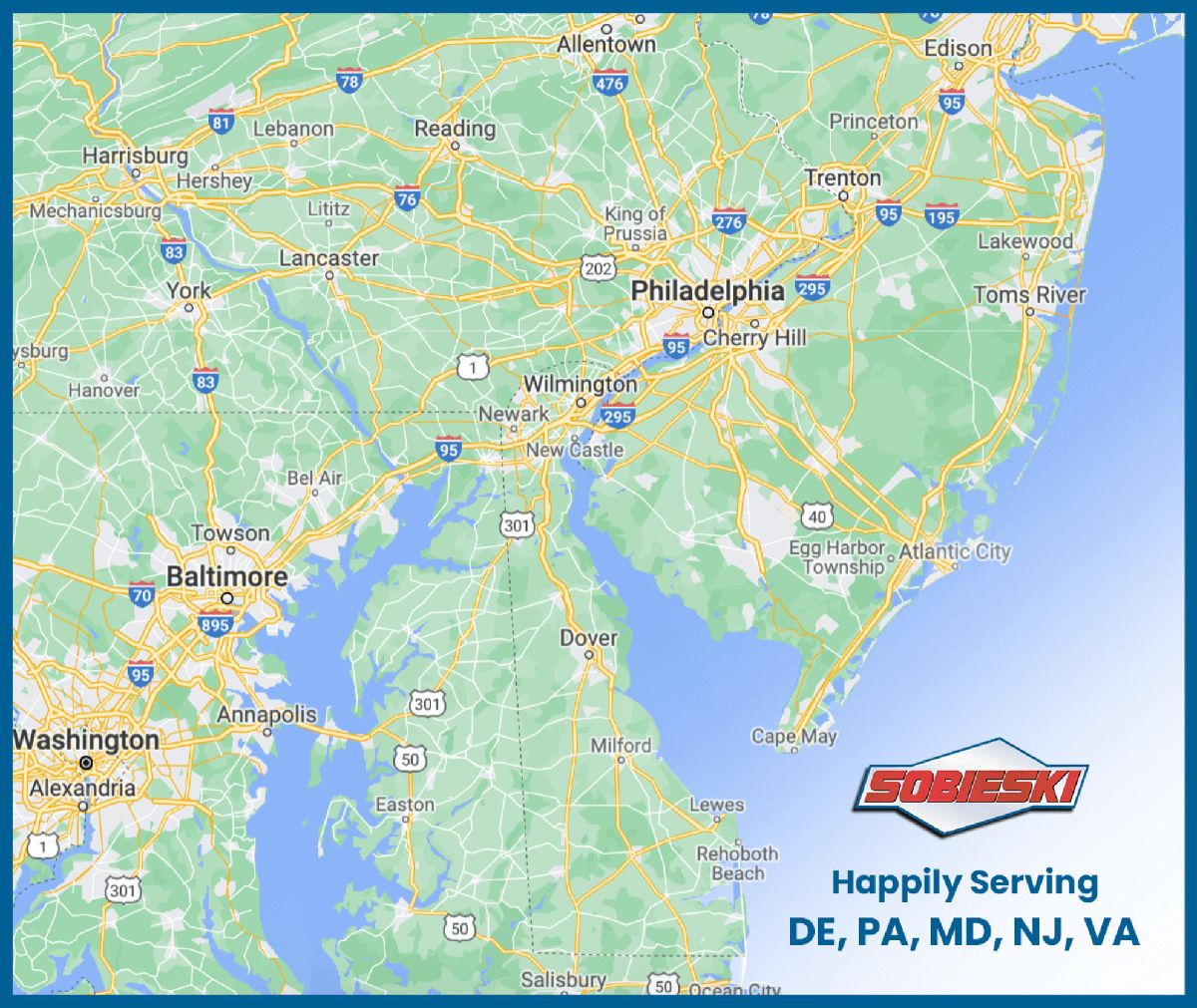A Guide to Using Ventilating Fans in Your Home
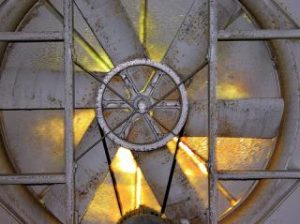 If you’re conserving energy and lowering heating and cooling costs in your home, you probably should be using ventilating fans as well. As your home is made air-tight and efficient, it often lacks natural circulation to remove or dilute indoor pollutants, fumes and odors. With the reduced transfer of fresh air from outdoors, homes can quickly accumulate indoor air pollution to levels high enough to cause physical symptoms like allergies.
If you’re conserving energy and lowering heating and cooling costs in your home, you probably should be using ventilating fans as well. As your home is made air-tight and efficient, it often lacks natural circulation to remove or dilute indoor pollutants, fumes and odors. With the reduced transfer of fresh air from outdoors, homes can quickly accumulate indoor air pollution to levels high enough to cause physical symptoms like allergies.
Interested in using ventilating fans? Some available options
- Ceiling exhaust fans are familiar units most often installed in bathrooms to expel humid air and odors. These exhaust air straight up through a dedicated duct that vents on the roof.
- Inline fans situate the fan and fan motor at a location remote from the intake port installed in the ceiling, with the two components connected by a flexible span of ductwork. These are useful where it’s not practical to install the fan mechanism directly into the ceiling.
- Wall-mounted fans install horizontally on an exterior wall and vent directly through the wall to the exterior of the home. Because no ductwork is required, installation is straightforward.
- Kitchen range fans install in the range hood over your stove to remove smoke, odors and humidity caused by cooking. Most exhaust straight up to the roof through ductwork designed to resist grease accumulation.
- Exterior exhaust fans mount the fan outside, usually on the roof or an exterior wall, and pull air out of the interior. Because the motor and fan mechanism are external, fan noise inside the home is eliminated.
Exhaust fan manufacturer specs usually include an ACH (air change per hour) figure to facilitate proper sizing. For best results, choose bathroom fans rated for 8 ACH and kitchen fans for 15 ACH. For all other rooms, a 6 ACH exhaust fan is sufficient.
Sobieski Services offers more information and options if you’re considering using ventilating fans to improve indoor air quality. Our goal is to help educate our customers in Delaware, Pennsylvania, Maryland and New Jersey about energy and home comfort issues (specific to HVAC & plumbing systems).
Image Credit: Sidereal
